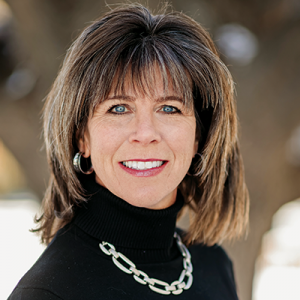By: Penny Cook
I recently gave a presentation in Pittsburgh titled, “Living up to our Ideals- Taking on Ageism.” It was a diverse audience of people, all of whom work in the world of aging whether pertaining to policy, housing, education, care or support. What differentiated it wasn’t the areas people came from but rather the broad age range of people in the room and the equal composition of women and men.
I began with outlining some foundational ideals that we could all agree upon and then moved into depictions of products and ideas that I find ageist. I showed images of greeting cards (can you really find a humorous birthday card that doesn’t make fun of someone’s age?), skin care products that use the words “anti-aging” and “ageless” in their marketing (doesn’t that mean we’re dying?), and the now infamous, diaper birthday cake. Yes, this is really a thing.
And then I got to the video. It reminds me that we say things all the time without really thinking of the impact. The video was developed by AARP and the title is, “Why You Should Stop Giving This “Compliment.” Maybe you’ve seen it. It asks people to say something about a picture of a person and then add, “for her age.” All are what we would call celebrities who look vibrant and attractive. The participants then read phrases that describe people in a way that we would say is demeaning. An example is, “she looks pretty for a thick girl,” and “she drives well for a woman.” People began to be appalled at what was being implied, both in the video and in the audience. And then the last statement was read, “She looks good for her age.”
The question becomes, why do we have to add that? Why do we have to qualify it? Can’t we just say, she looks good?
I asked people to spend a few minutes talking about their reaction. Many of the comments were ones I’ve heard before- “I never thought about it that way,” I’ve said that so many times,” “I thought I was really giving a compliment.” And the one I love to hear, “I’ll never say that again.”
But there was one comment that was surprising. A male said, “this was all based-on women, the participants and the pictures. What about men?” He was right.
I realized that so many of the presentations I give are to a mostly female audience. And being a woman myself, I look at aging through that lens. But his question resonated with me because that same week I was talking to a male friend of mine. He has 59 years of life experience and was recently laid off from his job of 25 plus years in the technology sector. He lives in a very tech-oriented city. As he began seeking other employment opportunities, he was faced with a conundrum that he never thought about- does he look too old? He knew he would be competing for jobs with people younger than himself and though he has tremendous experience, he was afraid he would be seen in a certain way…as too old to do the job. What did he do? He dyed his hair. He covered the normal signs of aging.
I told this story in Pittsburgh. And when I did, I noticed some of the males in the room nodding. I also observed that some of them were probably dyeing their hair.
The issue of ageism isn’t one that can be separated by gender. It is not directly one that can be divided between race or ethnicity. No, the thing about ageism is that it’s universal. It affects all of us. We’re all growing older, every day.
What should we do? Let’s celebrate it, let’s embrace it, let’s shout it loud and far that “Old People Are Cool”!
